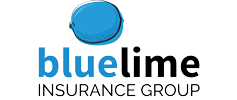Wouldn’t it be nice if insurance policies could be packed neatly in a box, including all the coverage you need, ready to ship to your front door? Unfortunately, selecting insurance is never that easy, but here at Blue Lime we help make the process as quick and simple as possible in offering the best insurance options for your condo HOA.
This week, let us guide you through the ins and outs of the basics and limitations to condo HOA insurance. Inadequate condo insurance coverage exists as a common issue, so it’s important to review your policies and make you’re covered. Below we’ll answer any burning questions about insurance limitations you may have as a condominium HOA board member.
What insurance coverage is the condo HOA responsible for?
First and foremost, your governing documents will spell out the insurance responsibilities of both the unit owner and the association. Here you’ll find how much coverage and which types are required for the complex. Each association is unique, so your insurance may look completely different from the complex across the street.
However, generally, the HOA insures the exterior parts of the condo, such as the basic building structure and common areas, while the residents are responsible for insuring the interior of their unit, including personal property.
In selecting HOA condo insurance, a good start is to identify exactly what is the responsibility of the owner versus the condo HOA board and then go from there.
What is included in the association master policy?
Condo association master policies focus on the exterior elements of the collective units—outer walls and floors, roofs, elevators, stairs, common areas, amenities, etc. There are two main types:
- Studs-out Coverage. This policy covers the basic elements of the complex. With this type, the association will cover losses from incidents like weather damage to the roof or elevator repairs. The unit owner must take care of any structural elements and fixtures inside of the unit, such as cabinets, lighting, interior walls. More responsibility falls on the unit owner and less on the condo association.
- All-in Coverage. This policy includes substantially more coverage, as the unit’s interior structure is covered by the association in addition to common areas and basic exterior elements. Installations and improvements made to the unit may be covered under this policy as well. The owner is still responsible for any personal belongings More responsibility falls on the condo association and less on the unit owner.
What other coverage should the HOA have?
The association master policy covers a lot of ground, but it doesn’t cover everything. In addition to the master policy, your association should consider the following policies as well:
- Liability Protection
- General Liability – Protects the HOA from being liable for potential accidents on-site at the complex.
- Directors and Officers (D&O) – Protects board members against liability for their decisions and actions made while carrying out their fiduciary duty.
- Workers’ Compensation – Protects the association from being liable for injuries to HOA employees.
- Loss and Damage
- Crime and Fidelity – Protects the HOA from losses caused by theft and fraud of association funds.
- Equipment – Protects the HOA from expenses in repairing or replacing equipment, such as the boiler or other machinery.
- Common Exclusions
- Sewage Backup – Protects the association in case the sewage system backs up and causes damage.
- Hurricane/Flood – Protects the HOA in case inclement weather causes damage to the complex.
- Umbrella – Protects the HOA in case expenses from various losses exceed the coverage of other policies.
After determining what coverage your governing documents require, what your master association policy covers, and what other coverage you should obtain, it’s a good idea to record the amount of coverage on each building and shared areas in the complex and make it accessible to residents for visibility and allow residents to account for what extra coverage they need. It’s also important to take into account the current market values when selecting and renewing insurance policies.
As a condo HOA board member, it can be intimidating in tackling the complex world of insurance. That’s why at Blue Lime we hire experts in the HOA insurance industry to provide you with the best service to help you every step of the way. If you have any other questions, feel free to reach out to us today!





